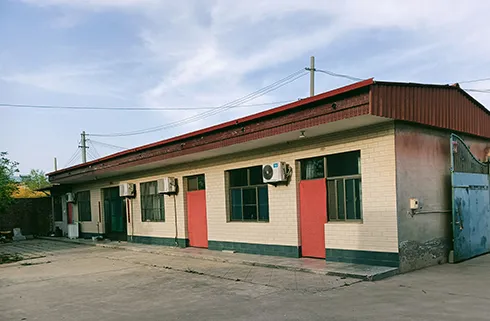...
2025-08-14 21:30
952
...
2025-08-14 21:27
2836
...
2025-08-14 20:00
831
...
2025-08-14 19:34
293
...
2025-08-14 19:25
210
...
2025-08-14 19:23
1004
...
2025-08-14 19:17
1031
...
2025-08-14 19:09
1205
...
2025-08-14 18:58
2946
...
2025-08-14 18:52
1397




